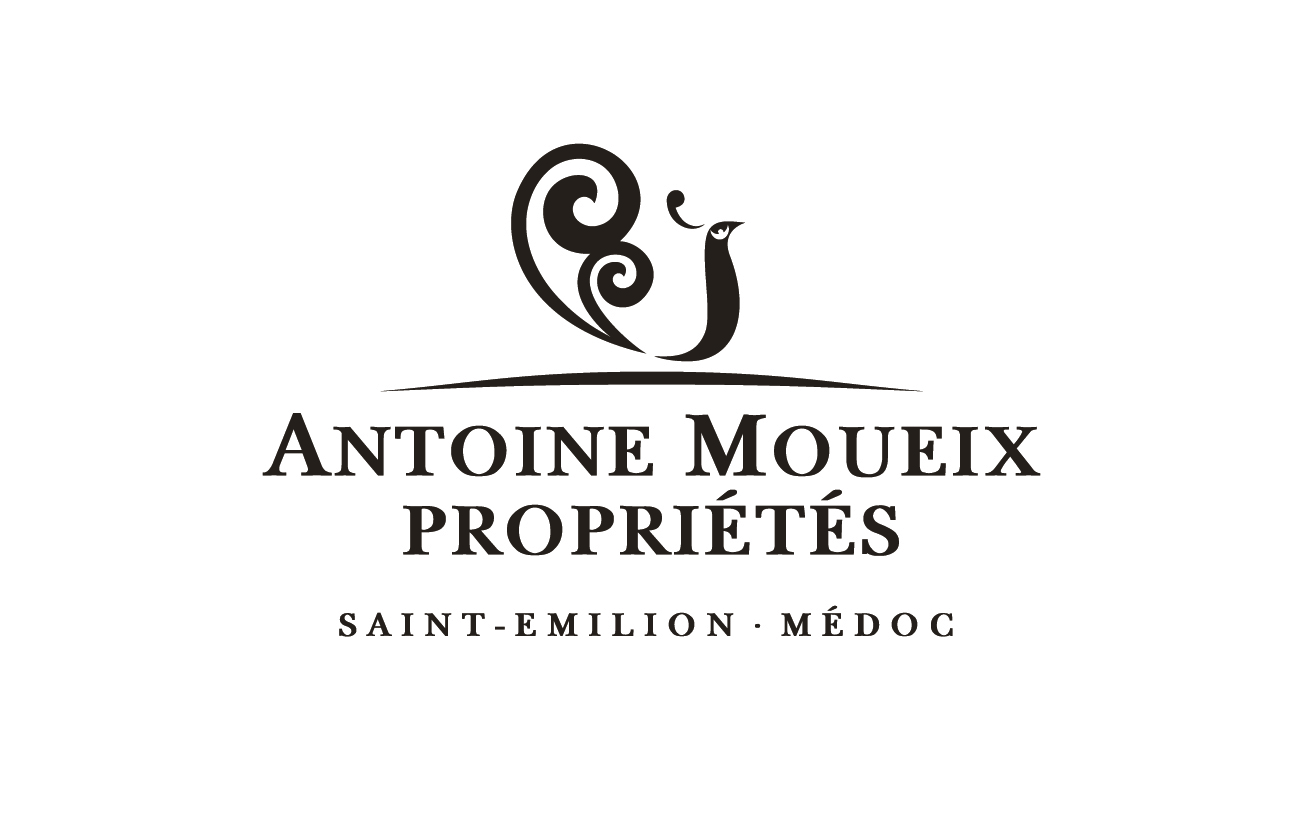les chevaux de
Patache d’aux
2015
les chevaux de
Patache d’aux
2015

Climatic conditions
Summer was marked by intense, early heats and long periods of drought, causing rapid deterioration of varietal and pyrazine-type aromas, without inducing significant over-heating. The vintage was also marked by low temperature variations and hot nights, unfavourable to anthocyanin accumulation during maturing. The hot summer also saw a few rainy episodes, enabling the ripening process to evolve.
In September, the Bordeaux region was hit by a series of very heterogeneous rainfall episodes. In northern Médoc, rains were particularly heavy in mid-September as harvest approached. This significantly boosted berry growth and diluted tannin and colour potential. Compared to previous vintages, the vintage showed remarkably low acidity levels, inducing softness in the wine, even where extraction during vinification was intense.
Vintage presentation
From the vine to the glass
Fruit entering the cellar was dense but diluted by the heavy rainfall at the start of harvesting, thus requiring significant run-off juice collection to ensure high concentration of phenolic compounds. Low acidity and already very silky tannins (due to intense summer heat) allowed for thorough extraction on the Merlot, by pumping over and racking, with long vatting periods of over 4 weeks. The late Cabernet Sauvignon however, with slightly hard, crisp tannins, underwent extremely gentle extraction by simple pumping over, with vatting of 3 weeks maximum.
Second wines, Relais and Chevaux de Patache d’Aux, were matured with only 20% of the volume in two-wine barrels: the remaining 80% was aged in vats to preserve the aromatic, fresh fruit bouquet.

